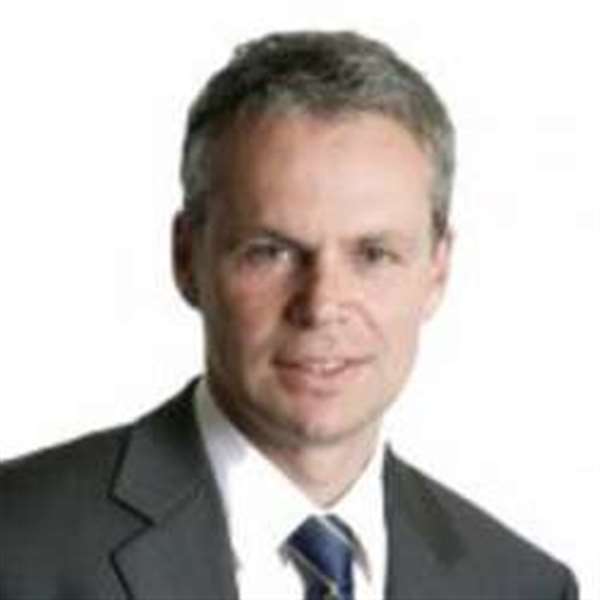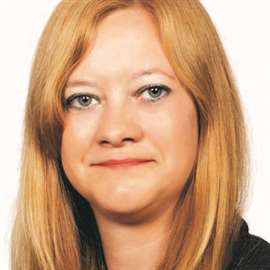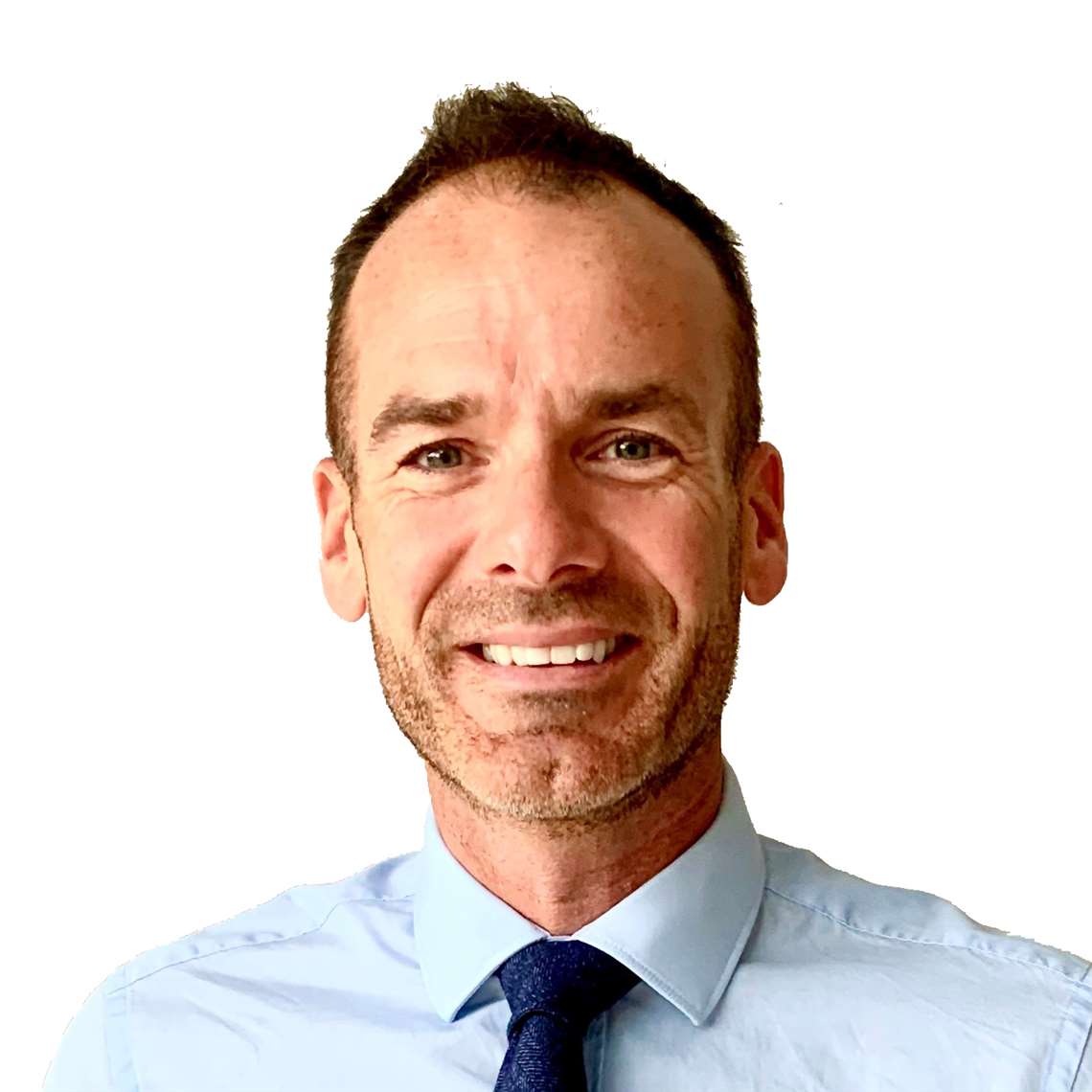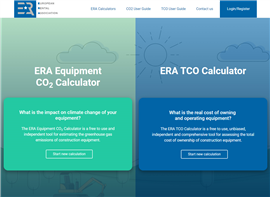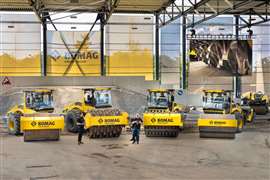Re-rental veteran Truckenbrodt on tariffs, tech shortages and survival in an uncertain market
30 July 2025
Randy Truckenbrodt, president of one of the US’s longest-running re-rental firms, discusses the challenges of navigating supply disruptions, a shrinking talent pool and a consolidating market — and why cautious optimism is returning. Lindsey Anderson reports.
 Randy Truckenbrodt, president of USM ReRents. Photo: USM ReRents
Randy Truckenbrodt, president of USM ReRents. Photo: USM ReRents
Founded 35 years ago, USM ReRents is now among the longest-established re-rental providers in the United States, and one of the few independents still standing in a sector that has undergone significant consolidation in the last five years.
The company, whose business model is built around supplying specialist machines to regional rental companies that cannot justify holding high-cost equipment in inventory, reports a slowdown in the market from 2024.
“We were doing pretty well even through Covid, and then it cooled off a year ago,” says company president Randy Truckenbrodt. “This year it’s starting to come back a little bit, but slower.”
He attributes the recent slowdown in part to macroeconomic hesitancy toward the end of the Biden administration. “Billion-dollar projects” were placed on hold, he notes, as tariffs—some never fully implemented—continued to cloud decision-making. “The looming threat still has given people pause to start projects,” he says. “Things are starting to loosen up and the whole tariff thing is starting to get clearer.”
Much has changed in the re-rental landscape since the early days of the pandemic. The last three years have seen a flurry of M&A activity that has sharply reduced the number of independent operators.
“Acme sold out and ERS ended up selling their fleet to United,” Truckenbrodt said. “All of a sudden, there was, I think, $350 million worth of equipment OEC pulled out of the re-rent markets in one year.”
The sudden withdrawal of equipment from circulation led to temporary surges in demand—conditions that proved beneficial for USM ReRents. But the overheating of the equipment market soon became a liability.
Volatility
“The industry also had problems getting equipment from the manufacturers. They’d miss one or two components and that would keep the equipment from being shipped,” he says. “A lot of those orders ended up not to be legitimate orders. They were placeholders and then they got cancelled.”
Amid the volatility, USM ReRents sought stability through finding new clients. “Our challenge is always to add new customers and help them grow their business,” Truckenbrodt says.
The company has carved out a niche in complex projects such as stadium builds and dense urban developments. “We’ve been on most of the major projects for new pro stadiums, college stadiums, the Sphere in Las Vegas,” he says. “Las Vegas has been a good market for us... Those [paused] projects are being released now.”
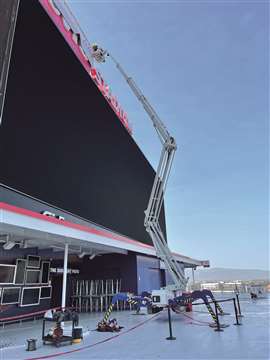 USM ReRents’ portfolio features spider lifts and rotational telehandlers. Photo USM ReRents
USM ReRents’ portfolio features spider lifts and rotational telehandlers. Photo USM ReRents
Historically strong in Texas and on the West Coast, USM ReRents is now seeing accelerating demand in the Southeastern United States.
“We’re also bringing in equipment that tends to be very expensive to buy. If a company doesn’t see a long-term need, we would be the right solution,” says Truckenbrodt.
Truckenbrodt credits USM ReRents with a track record of introducing emerging equipment types into the U.S. market. “We were known in the industry to be innovators in product introductions,” he says.
The company partnered with Genie to bring in models such as the Z-135 and the SX-180. “We started with 20 machines... and said, why don’t you try one through US Markets and then see if the market supports it?”
Today, that pioneering role continues with spider lifts—machines that, while two decades old, are still gaining traction. “It’s been in the industry for about 20 years, but it wasn’t that well known,” Truckenbrodt says.
USM ReRents was an early adopter of units from brands including Falcon. “Up until a year ago, we had the biggest machine in the industry in the U.S. in our re-rent fleet,” he adds.
One of the most promising growth areas has come from an unexpected source: tree care. “Its ability to be levelled, go through fence gates and get into areas that bigger machines don’t—that’s why the tree care industry... it’s really caught their interest,” he says.
Growth areas
Spider lifts have also proven valuable in sensitive or specialised environments such as airport terminals, museums, clean rooms and sports arenas.
Rotational telehandlers are another category gaining ground. “They’re a cross between a telehandler and a crane,” Truckenbrodt adds. “In some jobs, they’ll eliminate the need for a crane.” The company now operates over 20 Italian-built Dieci machines in its fleet. “They’re pretty versatile.”
The tight US labour market remains a persistent concern, particularly for technical roles. “Everybody’s kind of suffering from that right now because there’s just not enough techs,” Truckenbrodt says.
USM ReRents had previously operated its own service shops—initially aimed at maintaining customer fleets—but shuttered the operations after they proved unsustainable. The company is now preparing to relaunch the concept with a sharper focus.
 USM ReRents continues to find traction in stadium construction and specialized urban projects. Photo: USM ReRents
USM ReRents continues to find traction in stadium construction and specialized urban projects. Photo: USM ReRents
“We’re in the process of reopening [shops],” he says. “But we’re going to be primarily focused on aerials and the equipment that we’re regularly renting.”
Truckenbrodt sees a lack of investment from OEMs, particularly those headquartered overseas, as a critical weakness in the training ecosystem. “Particularly the ones from Europe... I think they’ve been very lax about training technicians in the U.S. They’re so used to working in a small geography of their countries. When they get to the U.S., it looks like a massive market—which it is—but I don’t think they really have an idea of just how much and how broad.”
Despite lingering economic headwinds, Truckenbrodt remains cautiously optimistic about the year ahead. “We think the rest of the year is going be pretty good,” he says.
Still, he is under no illusions about the challenges of operating in a niche, service-intensive business. Growth, he suggests, will depend not just on macroeconomic conditions but also on USM ReRents’ ability to continually refresh its customer base.
“Our challenge is always to add new customers and help them grow their business,” he says.
STAY CONNECTED



Receive the information you need when you need it through our world-leading magazines, newsletters and daily briefings.
CONNECT WITH THE TEAM
